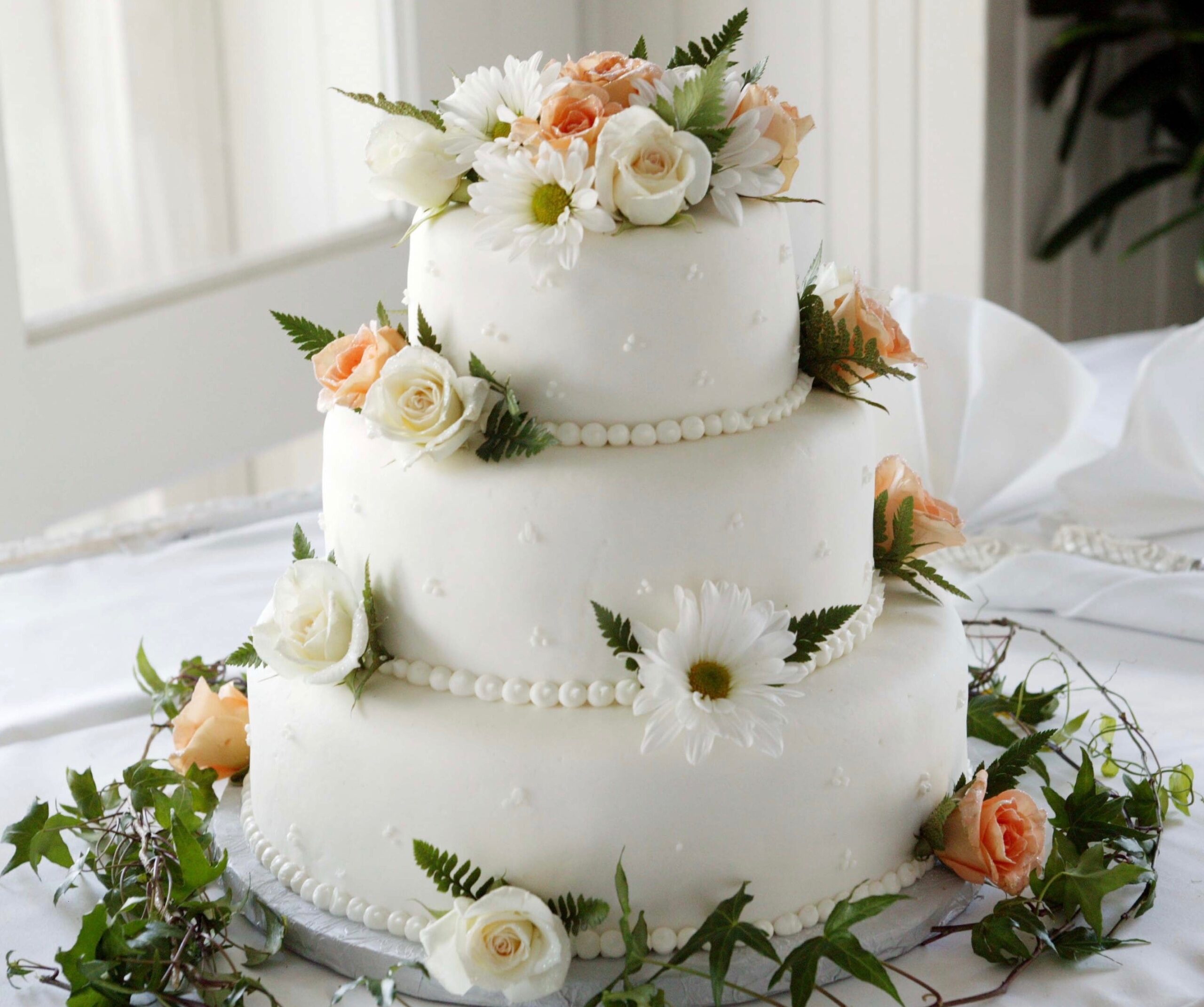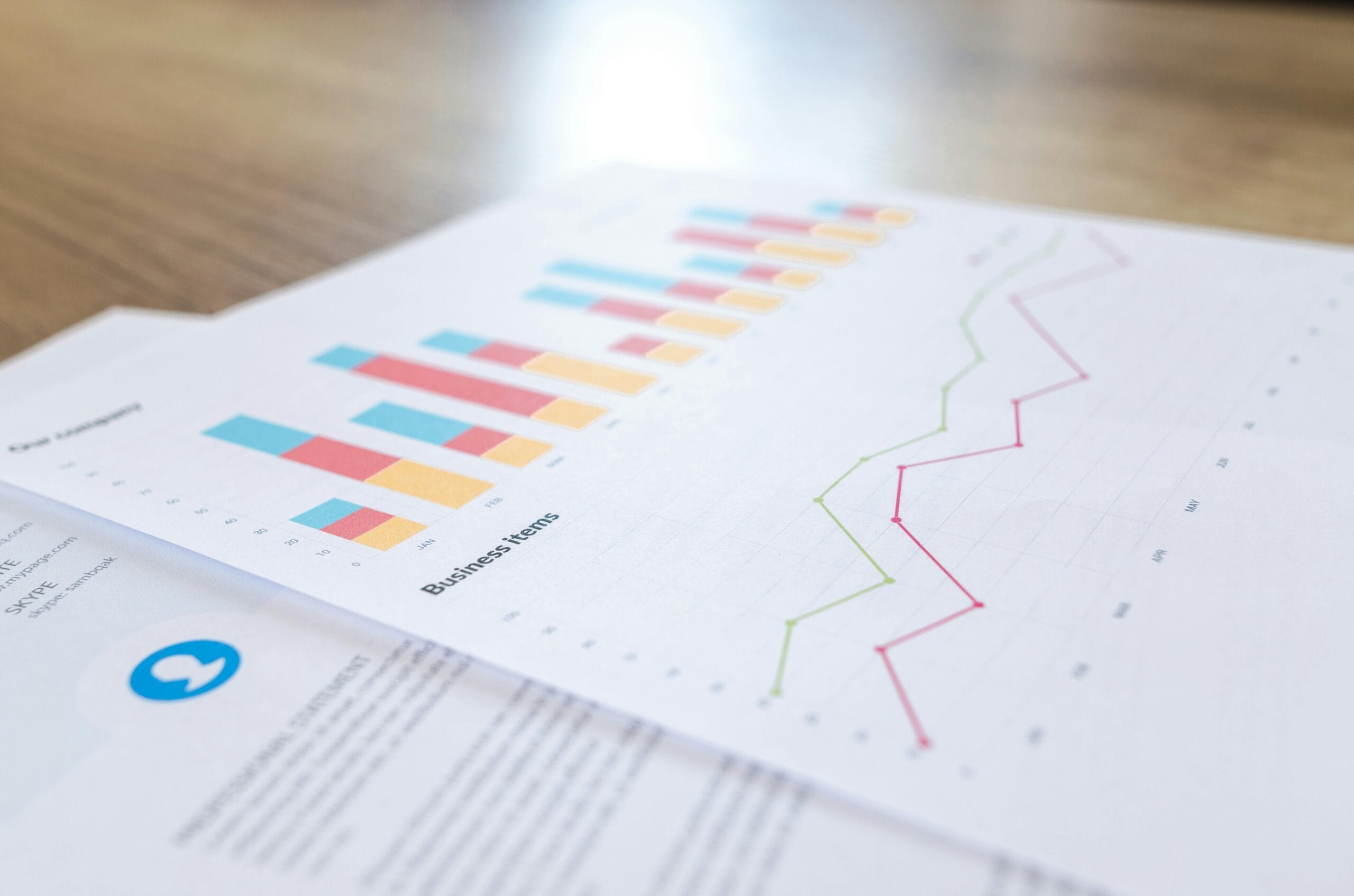The Autumn Budget is unlikely to kickstart the UK economy with the nation’s growth outlook…

Understanding Marriage Allowance
Marriage Allowance is a tax break designed to assist married couples and civil partners in optimizing their tax situation. The primary aim is to enable one partner to transfer a portion of their Personal Allowance to their spouse or civil partner, leading to potential tax savings.
Eligibility Criteria: To be eligible for Marriage Allowance, certain conditions must be met:
- Marital Status: You must be married or in a civil partnership.
- Income Levels: The individual transferring their allowance must have an income below the Personal Allowance threshold (£12,570 for 2023/24). The recipient partner must pay tax at the basic rate (this would usually mean (for 2023/24) their income is between £12,571 and £50,270 before they receive Marriage Allowance).
How Does it Work? Let’s break down the process:
- Transferable Allowance: The partner with income below the Personal Allowance threshold can transfer up to 10% of their allowance to their spouse or civil partner.
- Tax Savings: This transfer could lead to tax savings of up to £252 for the recipient partner, as their taxable income is reduced due to the transferred allowance.
Applying for Marriage Allowance: The application process is relatively straightforward:
- Claimant Partner: The partner with the lower income usually needs to initiate the claim.
- Application Channels: Claims can be made online and you will need both your own and your partner’s National Insurance Numbers to make the claim.
Important Considerations: While Marriage Allowance can be advantageous, here are a few things to keep in mind:
- Changing Circumstances: Notify HMRC of any changes in income or marital status, as these factors can impact eligibility and allowance amounts. The transfer will continue automatically each year until you cancel it, so it is imperative HMRC are notified as soon as possible of any changes.
- Backdating: In certain cases, claims can be backdated to include any tax years since 5th April 2019 potentially increasing the overall tax savings. If your partner has died since 5th April 2019 you can still claim, but will need to phone the Income Tax helpline instead.
- Individual Tax Due: In certain circumstances the individual transferring the allowance may end up paying more tax after the transfer, however as a couple the tax due in total should be less.
- Married Couple’s Allowance: If either yourself or your partner were born before 6th April 1935 you may be eligible to claim Married Couple’s Allowance instead, this is different to Marriage Allowance and could reduce your tax bill by between £401 and £1,037.50 a year.
Conclusion: Marriage Allowance is a valuable tool for eligible couples seeking to optimize their tax situation. However, it’s important to evaluate your specific circumstances before making decisions. For more information on whether you could benefit from Marriage Allowance or Married Couple’s Allowance contact us at [email protected]


